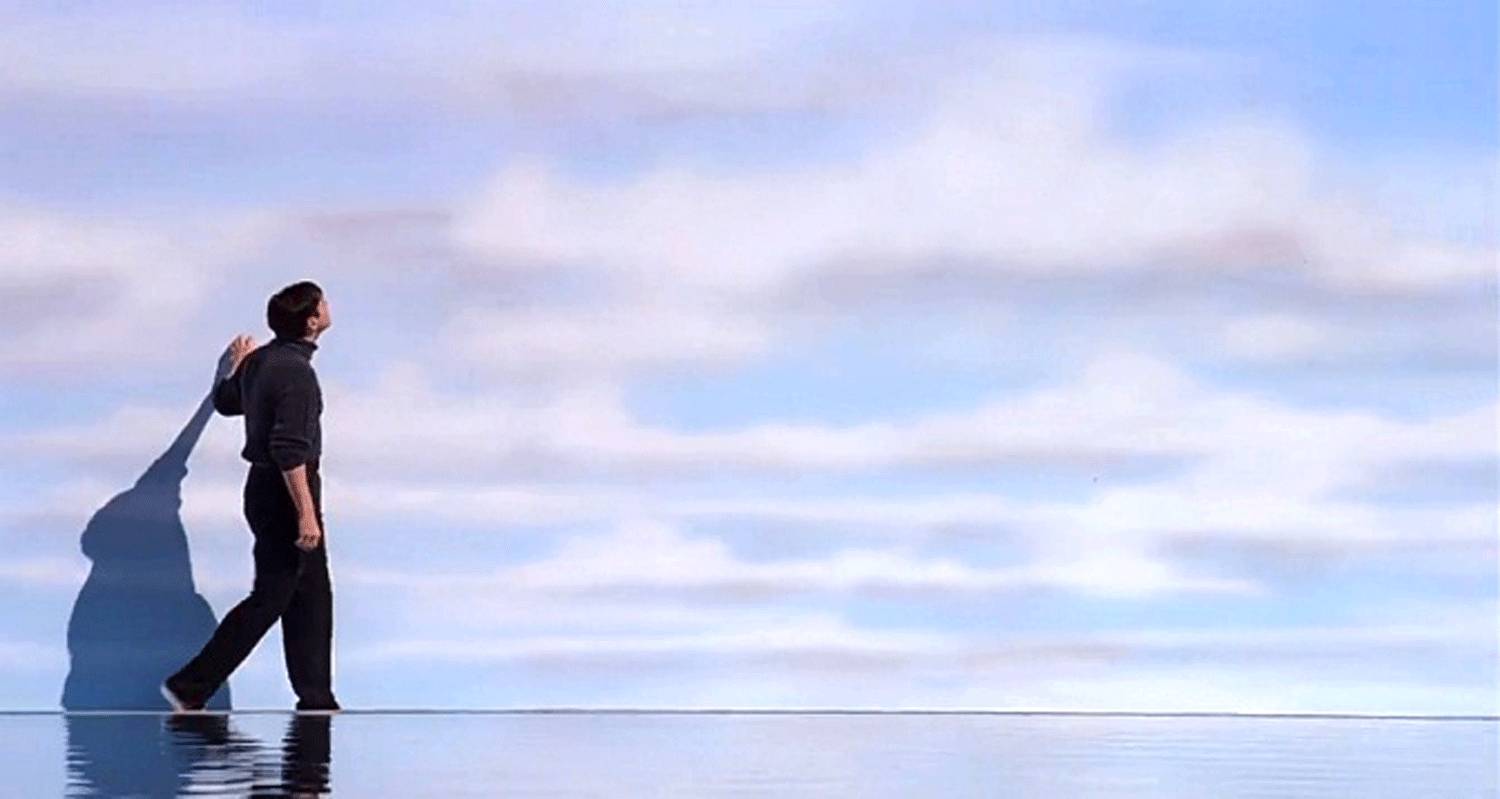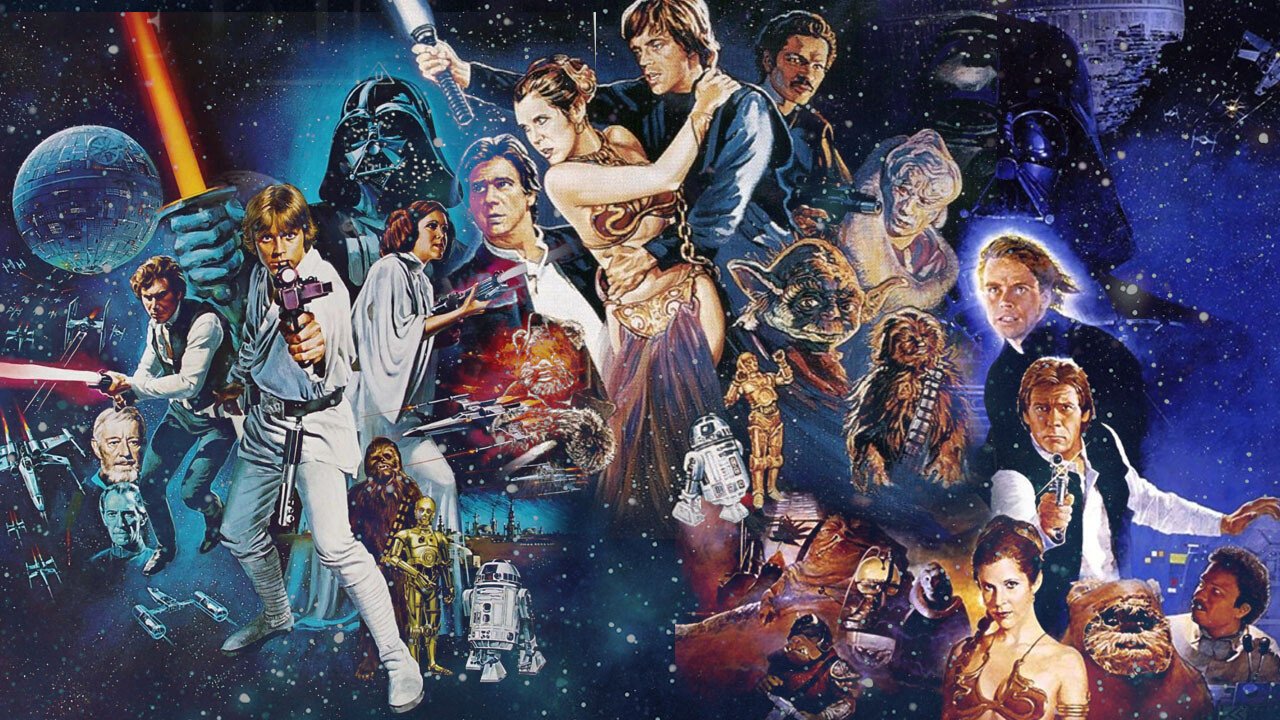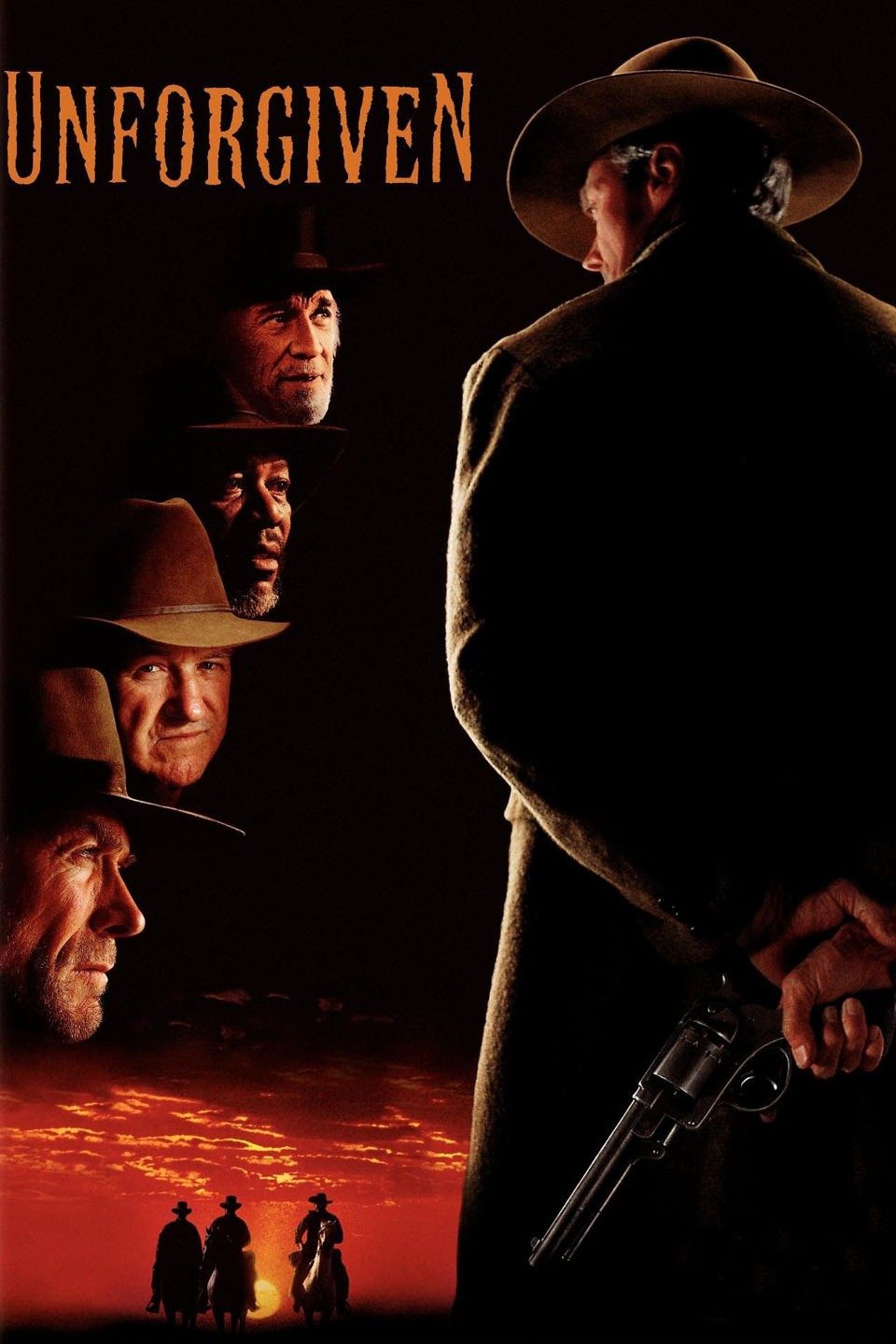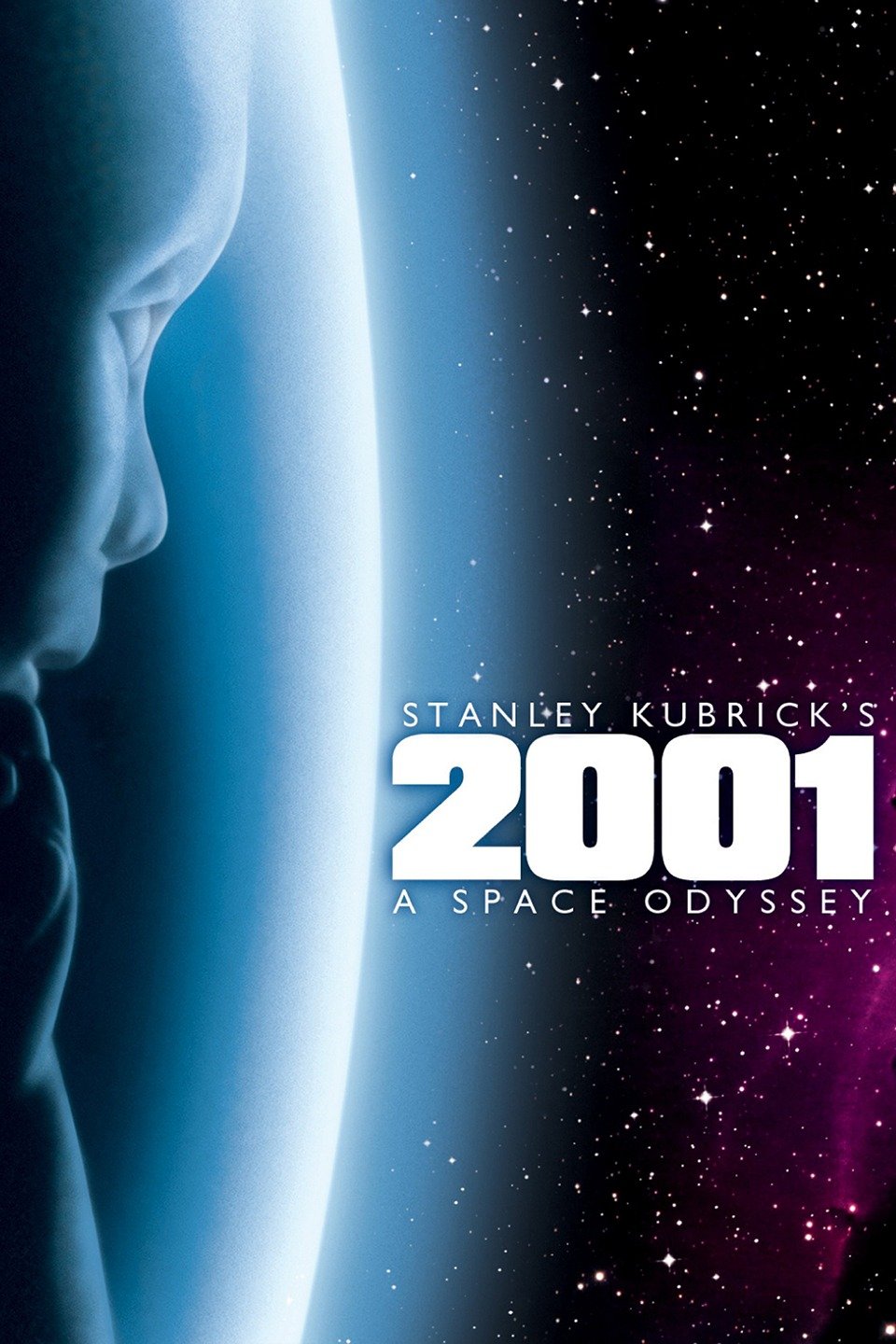The Truman Show is a wonderful character study of a situation that no one has experienced. The Truman Show tackles the question, “What if my entire life as I know it, is manufactured?” This question is common for people to think about but has never been answered truthfully with a yes. However, this situation that Truman is in, is somehow never experienced by anyone yet everyone can relate to it on a fundamental level. The wonderful characterization that Truman gets early on in the film combined with Jim Carrey’s excellent performance as Truman lead to a masterclass film about a character study that has never been experienced.
The question that the Truman show asks is something almost everyone can relate to, even though it has never happened. While the question of a manufactured life seems to be extreme and unbelievable, no one can prove that it isn’t real. It’s an existential fear. The great thing about the Truman Show is that beyond just asking the question, it shows the ramifications of such a question being true. What happens to someone when they start to look for the cracks in their manufactured world? What happens when they start to believe that all the people around them are fake? What happens when their reality isn’t the real one? They psychologically break down.
Truman is shown early on as someone with dreams. He wants to explore and adventure around the world but is trapped on the island he lives on because of his fear of the ocean. While his desire to adventure seems to be an authentic goal or personality, his fear of the ocean seems to be manufactured for him. Truman’s fear of the ocean was caused by seeing his father washed away in front of him and presumably drowning. This was all faked and very tragic to think about. While people have lost loved ones in similar events, Not too many and perhaps none at all have found out that it was all faked. All the trauma, guilt, and sadness, all for something that never really happened.
A scene that completely tells everything about Truman as a character comes at the end of the film, is Truman sailing out to find the truth of his manufactured world. As Christoff, the director of the fake show Truman is stuck in, desperately tries to make Truman turn around, he strikes Truman’s ship with lightning. Christoff has about as much power as any mythological god in comparison to Truman, but that doesn’t stop Truman. After the boat is struck with lightning, Truman yells “Is that the best you can do? You’re gonna have to kill me!” This ambition to explore and find out the truth about his world is enough to dare god to strike him down.
A comment on a youtube review of the Truman Show by the account “user89076” says that “When Truman starts to see the patterns and oddities of people’s behaviors, thus getting closer to the hard truth of his existence, he acts in a way that would get him labeled as mentally ill or psychotic.” That idea is truly disturbing. Being mentally ill is by definition, having changes to one’s thoughts and actions that cause problems for functioning in social or work activities. Christoff gaslights Turman throughout the entire movie and this, if it was a real situation, would be another way he would. If you were the only one to notice the fakeness of the world, and everyone else denied this, you would probably be labeled as crazy.
A journal article by Vanity Fair talks about the connection between The Truman Show and modern-day reality tv shows. It does make strong connections between the two, such as “When I watch reality television and people who live in front of the camera—there are many now who do—I wonder how much of this is real, how much of it is just because they’re in front of the camera. Do they really know themselves? But every time I watch one, I think of Truman.” – (Miller, 2018). However, the problem I have with this assessment of the film is that it misses the main point of the film, Truman does not know. A reality television star knows that they are being filmed, their personalities are faked for the camera. Truman was unaware of his star role in a reality television show. While a reality star would have their own problems with the medium, those are normally internal. Truman, however, has external problems. The problems are not with himself, they are with the reality around him. A reality star would have problems with their personality off-camera vs on camera and having no privacy. Truman is dealing with his entire reality breaking down around him, and no one is true to him.
The Truman Show is an amazing film about a hypothetical scenario. No other actor could have shown the madness around the discovery of one’s reality being entirely faked as Jim Carrey. Jim Carrey gives an excellent performance that straddles the line between a tragic character, one that has discovered that everything he knows is manufactured, and a comedic character, one that most people have known Jim Carrey to play in the past. The Truman show is a film that showed many people the proficiency that Jim Carrey has for acting and the everyday man’s reaction to the crumbling of their reality before their unprepared eyes.




 It’s easy to believe when you watch Unforgiven, that the movie is the winner of four Oscars (moreover, Eastwood’s picture was the third Western film to be awarded for the best film of the year, the second was Dancing with the Wolves, and the first I will not mention).
It’s easy to believe when you watch Unforgiven, that the movie is the winner of four Oscars (moreover, Eastwood’s picture was the third Western film to be awarded for the best film of the year, the second was Dancing with the Wolves, and the first I will not mention).